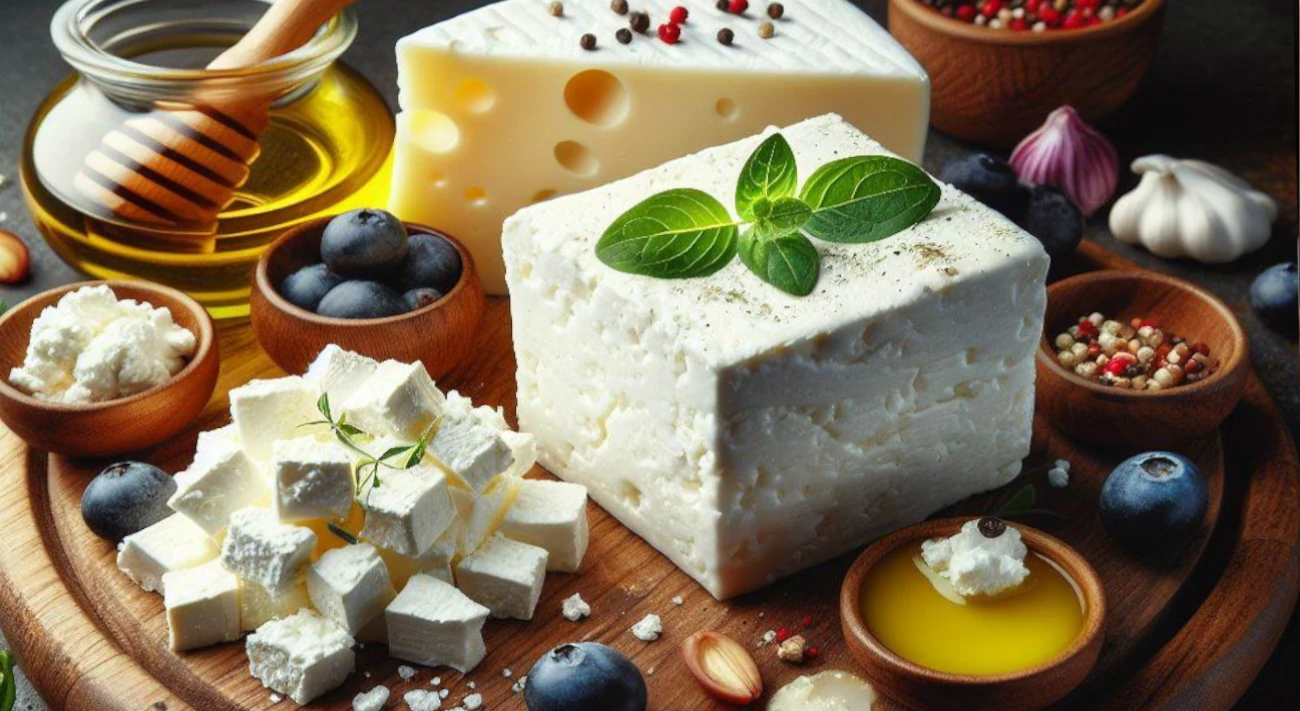Whole Wheat Bread Lysine and Arginine Info Sheet
Overview
Whole wheat bread is a type of bread made from whole wheat flour, which contains the bran, germ, and endosperm of the wheat kernel.It is usually denser and darker than white bread, and has a nuttier flavor.
Whole wheat bread is higher in fiber, vitamins, minerals, and antioxidants than white bread.
It has a lower glycemic index, which means it does not spike blood sugar levels as much as white bread.
Whole wheat bread may also contain less added sugar, salt, and preservatives than white bread.
| Name | Lysine (mg/100g) | Arginine (mg/100g) | Ratio |
|---|---|---|---|
| Whole Wheat Bread | 240mg | 320mg | 0.75 |
Whole Wheat Bread contains 240mg of Lysine and 320mg of Arginine per 100g of product.
This means Whole Wheat Bread has a low Lysine-Arginine ratio of 0.75.
Because Whole Wheat Bread contains slightly more arginine than lysine, reducing its consumption may help people who suffer from herpes, as it may lower the viral activity.
Lysine Considerations
Whole wheat bread is not a good source of lysine, either. It has slightly less lysine than white bread, and still falls short of the recommended daily intake of this amino acid.
Lysine is essential for human health, and must be obtained from the diet or supplements.
It is one of the nine amino acids that the body cannot make by itself, so it has to come from the food we eat.
Lysine has a variety of functions in the body, such as helping with growth, healing, energy, immunity, and collagen production.
Lysine may also have some effects on the herpes virus, which causes cold sores and genital sores.
Studies have suggested that taking lysine supplements or applying lysine cream may help prevent or treat these infections by blocking the amino acid arginine, which the virus needs to grow.
Arginine Considerations
Whole wheat bread is not a good source of arginine, either. It has slightly less arginine than white bread, and also does not meet the recommended daily intake of this amino acid.
Arginine is semi-essential for human health, and can be synthesized by the body under normal conditions.
However, some situations may increase the demand for arginine, such as stress, injury, or infection.
Arginine can promote your overall health and performance, such as lowering your blood pressure, healing your wounds, and boosting your exercise endurance.
Arginine can be made by the human body or obtained from foods like meat, dairy, nuts, and soy.
Unfortunately, the herpes virus is known to "feed" on arginine, and having a diet higher in arginine than lysine may increase the occurrence and severity of cold sores and herpes outbreaks.
Lysine-Arginine Ratio
Whole wheat bread has a slightly higher lysine-arginine ratio than white bread, but it is still low.
It has more arginine than lysine, which may affect the balance of these amino acids in the body, and may have implications for viral infections, such as HSV.
A low lysine-arginine ratio may increase the risk or severity of HSV outbreaks, while a high ratio may decrease them.
The herpes simplex virus, which causes oral and genital herpes, needs arginine to multiply and infect cells.
Lysine, on the other hand, can interfere with the absorption of arginine in the intestine, and thus limit the availability of arginine for the virus.
By eating a diet higher in lysine than arginine, one may be able to prevent or treat herpes flare-ups.
Foods that have a high lysine-arginine ratio include dairy products, fish, poultry, fruits, and vegetables.
These foods can supply the body with sufficient lysine to compete with arginine and inhibit the virus from replicating and causing flare ups.
Dietary Considerations
Wheat is a cereal grain that is widely used to make bread, pasta, and baked goods.
Wheat contains gluten, starch, and fiber, which can have various effects on digestion and blood sugar levels.
Wheat also contains lysine and arginine, but the amount is higher in arginine than lysine.
This makes wheat less beneficial for people with herpes, as arginine can trigger herpes flare ups.
Wheat should be avoided or consumed in moderation by people with herpes.

For example:
A diverse and nutritious diet that supports your immune system and fights inflammation is essential.
This means you should eat lots of fruits, vegetables, whole grains, lean protein, and healthy fats, and steer clear of processed foods, added sugars, alcohol, and caffeine, which can harm your health.
Consider taking l-lysine supplements, which can help prevent herpes outbreaks and stop a cold sore before it emerges by limiting the availability of arginine for the virus, which it requires to produce a cold sore.
Taking other food supplements that can improve your immunity and protect your cells from oxidative stress, such as vitamin C, zinc, selenium, and antioxidants.
Pain, swelling, and itching can be reduced by eating foods that have anti-inflammatory, antiviral, and antibacterial properties, such as honey, yogurt, aloe vera, and chamomile.
These foods can also help you heal faster by promoting tissue repair.
Check more food information






